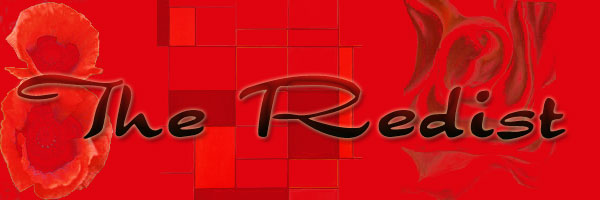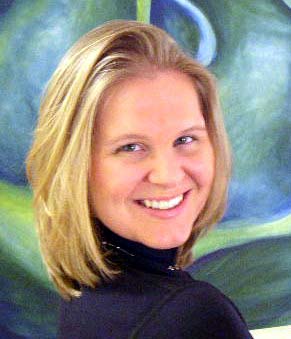Strength of Conviction at "Remote Viewing"
What impressed me most in the “Remote Viewing” show at the Whitney was not the scale of Matthew Ritchie’s installation, nor the level of detail in DiBenedetto’s octopus-like sprawling paintings; rather, in this show of eight contemporary artists was intentionality. The precision and specificity with which ideas were expressed altered perceptions and introduced interior mindscapes in ways so seductive, so singular in their focus, that the exhibition could adequately live up to its “Invented Worlds” subtitle.
In abstract painting and drawing, it is often difficult to evoke an exact desired response – viewers are faced with cryptic titles, statements which hint at powerful complex themes, yet seem mismatched with wholly unrelated imagery or scattered visual ejaculations. In this case, for a refreshing change of pace, the ideas coalesce with the artists’ intents, and the images are not out of left-field but rather honed, articulate choices, which despite some tendencies toward “visual exhaustion” as Ritchie laments, remain potent, vital, palatable, and real.
Terry Winters presented three large abstract oil paintings accompanied by a set of drawings. Using remarkably simple color and downright capricious painting in places, an essence came through: lines teemed into blastospheres and multiplying cells, organic and molecular shapes addressed the physics of creation and existence.
Perhaps the most deliberate and effective pieces were those of Alexander Ross, whose large, seemingly photorealistic untitled oil paintings of plasticine-molded biomorphic shapes stood apart as the mysterious alien beauty in the sci-fi flick – the intimidating and slightly haunting prescience of dangerous, sexy things to come in what I can only hope to be the future of exquisite abstraction. With calculated color gradations and paint thickly applied in controlled strata, strange green forms come to life in teeming, vibrant ways. Set adrift on flat sky-blue backgrounds, the forms seem all the more threatening and detached from the comfortable and ordinary, yet with a level of crisp rendering, they recall intimate portraits of favorite toys; they are engaging, intriguing, and above all intentional. Ross’s more abstract pieces, without an external environment and incorporating elements of translucency, reveal that the efficacy of this work is no accident. His steady color palette and fixated subject matter underscore a true mastery and fluency in his personal painting language, a self-assured thrust which hits its mark every time.
Line played an important role in many of the other works in this exhibit, from the comic- and illumination-referencing intricacies of Ati Maier, the exhausting map-like descriptions by Julie Mehretu, to the frenzied expressionistic use in Franz Ackermann and Steve DiBenedetto’s psycho-surrealist paintings. Matthew Ritchie’s intense meanderings particularly hit upon an effective conveyance, deploying Sharpie lines over smooth layers of dissociated imagery, both enhancing one’s awareness of the immediate gesture and gently pushing the subtler areas to recede into alternate dimensions of visual space and reality. The specific shapes and curves of his central installation which ran onto the walls and ceiling brought to life an elaborate sequence of scribbled journeys, wrought with such a tireless obsession that one cannot doubt the artist’s serious concern for every linear nuance. I was desperately curious to examine the shadows cast upon the floor, and while at first disappointed that they could not be seen against the black-brown polished tiles, I found the much subtler effect of dissipating dark on dark to be equally if not more alluring, completing and anchoring the imaginative space in the murky recesses of the unknown.
The only work which seemed out of place in such a lush and fertile landscape of originality was that of Carroll Dunham, who in this context seemed stale. Lacking the elaborate use of line and elegant challenges of color and form as in the other pieces, Dunham’s detached, flat scenes employed one or two colors with mostly black and white, and seemed over-simplified, disengaged, and oddly uninviting.
As an expression of the current conscious- (or unconscious-)ness of painting and drawing, this show is hypnotic, dynamic, and exciting. The works presented give access to an inner world of tumultuous and evocative imagery, made real by devoted representation of unreal things and controlled, forceful technical superiority. Presenting work with the integrity to stand behind itself to completely actualize contexts and imaginary worlds, the Whitney has convincingly portrayed a very much alive-and-well world of painters doing what they do best, with visually stunning and intellectually satisfying pieces as testaments to the health and spirit of experimental tenacity and skillful execution.



0 Comments:
Post a Comment
<< Home